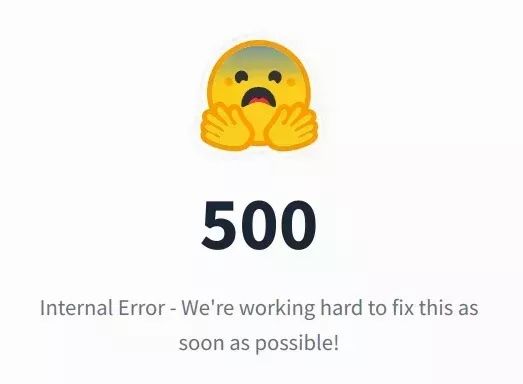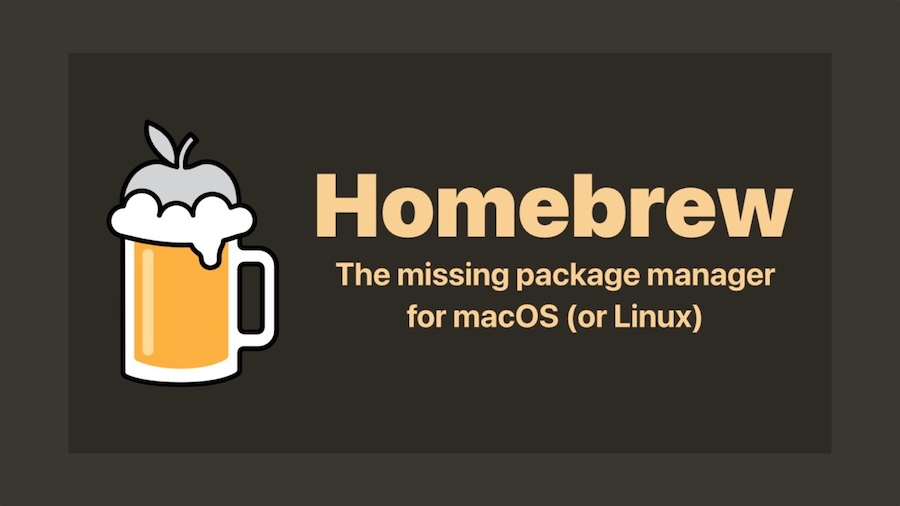Abstractions should be deep not wide
Let’s say you are building a git analytics product. Your product supports GitHub and GitLab for now. It might support more products in the future. 90% of the codebase that supports GitHub and GitLab is identical. 10% is specific to GitHub and GitLab. There are two ways to build software abstractions here. The easy path to fall for is to have unified objects that take care of both GitHub and GitLab data. These objects would, however, behave 10% differently depending on whether it is GitHub or GitLab. Your codebase will be ridden with conditionals that trigger only for one or the other. ...




